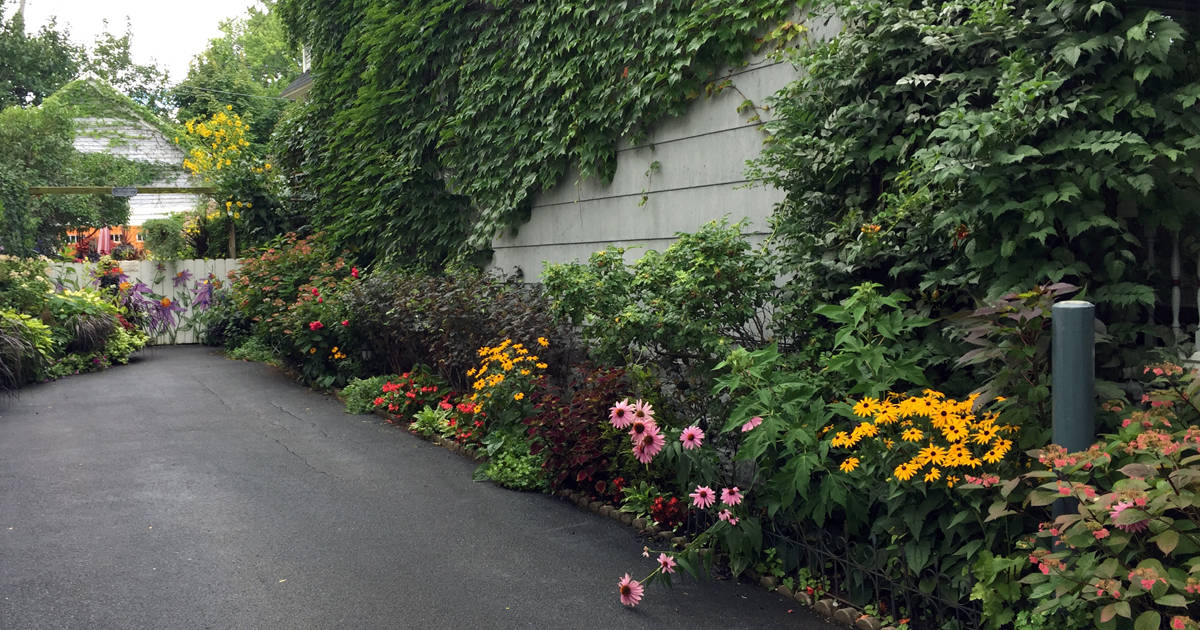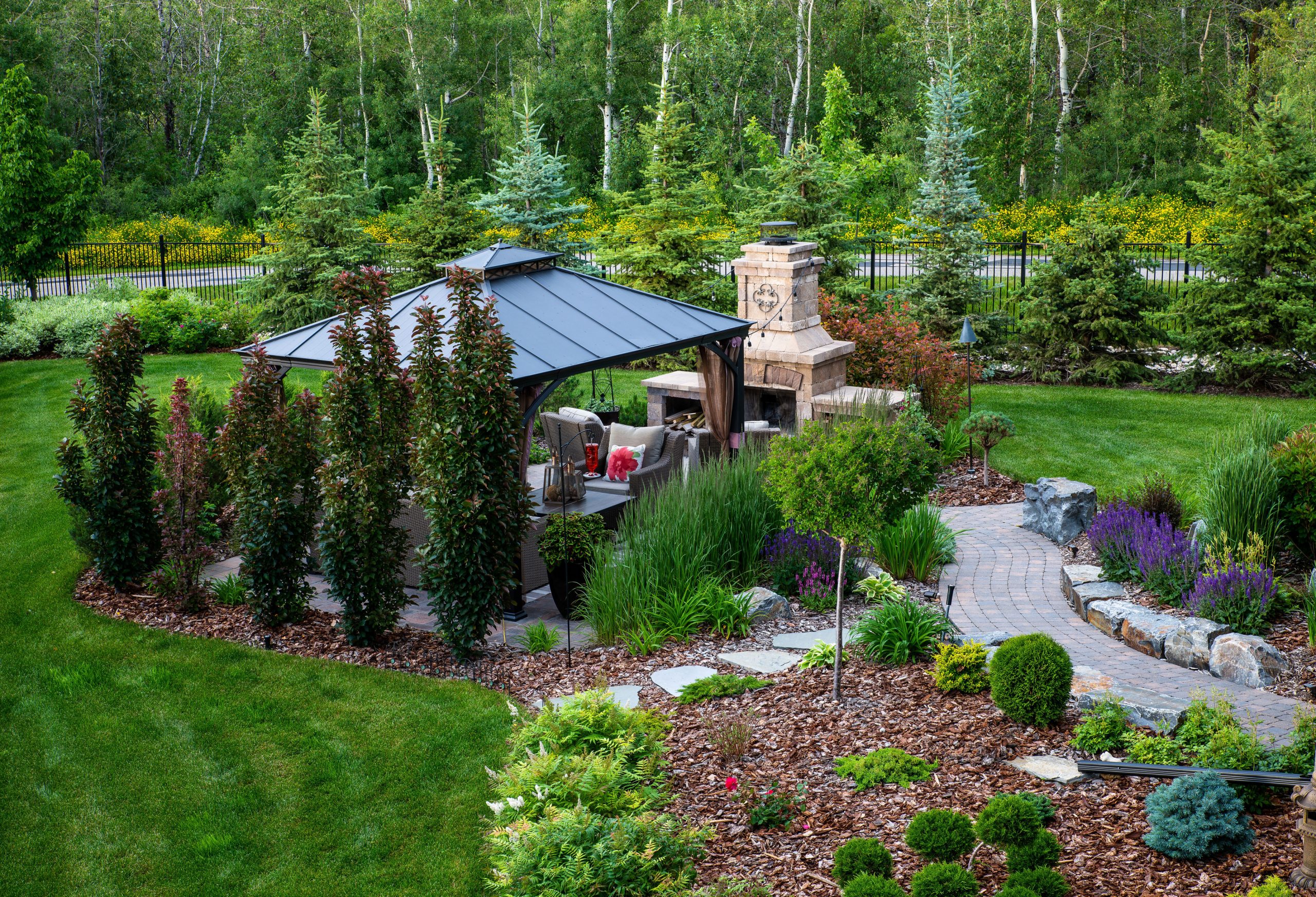Hilton Head Landscapes - An Overview
Table of ContentsHilton Head Landscapes Things To Know Before You Get ThisLittle Known Facts About Hilton Head Landscapes.Hilton Head Landscapes Things To Know Before You BuySome Known Details About Hilton Head Landscapes Everything about Hilton Head LandscapesThe 8-Minute Rule for Hilton Head LandscapesSome Known Facts About Hilton Head Landscapes.
Line produces all types and patterns and can be utilized in a range of means in the landscape. Line in the landscape is produced by the side between 2 materials, the outline or shape of a form, or a lengthy linear function. Lines are an effective tool for the designer since they can be used to produce an unlimited range of forms and forms, and they manage activity of the eye and the body.

Lines in the landscape. The buildings of lines identify exactly how individuals respond to the landscape, both mentally and literally.
How Hilton Head Landscapes can Save You Time, Stress, and Money.
Straight lines are most often found in hardscape edges and material. Bent lines produce an informal, natural, unwinded personality that is linked a lot more with nature and asymmetrical equilibrium. Bent lines move the eye at a slower pace and add mystery to the space by creating hidden sights. Upright lines relocate the eye up, making an area feel bigger.
Vertical lines in the landscape consist of high, narrow plant product, such as trees, or high structures, such as an arbor or a bird house on a post. Horizontal lines relocate the eye along the ground airplane and can make a space really feel bigger. Low lines are extra restrained and produce a sensation of rest or repose.
Not known Incorrect Statements About Hilton Head Landscapes
Low lines are produced by reduced garden wall surfaces, walkways, and short bushes. Lines are used to attract forms on a plan. In plan sight, they specify plant beds and hardscape areas. Lines are also developed by the upright forms of developed attributes and plant material. There are three main line kinds that create type in the landscape: bedlines, hardscape lines, and plant lines.
Bedlines link plant product to your home and hardscape since the eye adheres to the line, relocating the gaze through the landscape. Hardscape lines are produced by the side of the hardscape, which marks the constructed structure. Line can likewise be produced by lengthy and slim products, such as a fence or wall.
The Basic Principles Of Hilton Head Landscapes
Type is discovered in both hardscape and plants, and it is normally the leading aesthetic aspect that spatially organizes the landscape and commonly establishes the design of the yard. The type of structures, plant beds, and yard accessories also determines the general form motif of the garden. Official, geometric forms include circles, squares, and polygons.
Plants develop type in the garden via their outlines or silhouettes, however type can likewise be defined by a void or unfavorable area between plants - landscaping hilton head sc (https://visual.ly/users/stevenagonzales/portfolio). Circles can be cycles, or they can be separated into half circles or circle sectors and incorporated with lines to create arcs and tangents
Hilton Head Landscapes Things To Know Before You Get This
Circles can additionally be stretched into ovals and ellipses for even more selection and interest. Circles are a solid design type because the eye is always attracted to the center, which can be utilized to stress a centerpiece or link various other kinds. Figure 2. Circular types in hardscape and lawn panels.
The square form can likewise be fractional and previously owned repeatedly to develop a grid pattern. Unlike circles, click over here now squares are more powerful on the edges, which can be lined up or overlapped to create one-of-a-kind patterns and more complex kinds.
Twisting lines frequently resemble the all-natural program of rivers or streams and can be referred to as smooth lines with deeply bent undulations. Meandering lines (Figure 3) work well for paths, plant bedlines, and completely dry stream beds. Meandering lines can add passion and mystery to a yard by leading visitors around edges to find brand-new sights and rooms.
The Facts About Hilton Head Landscapes Uncovered
Figure 5. Fragmented sides: stepping stones in path. Kind is one of the most enduring high quality of a plant (bluffton landscaping). https://triberr.com/h1tnhdlndscps. Common plant forms are well developed and standardized, as form is the most constant and identifiable quality of plants. Form can additionally be produced via the massing of plants, where the total mass produces a different form than an individual plant.
An extremely different type should be used with careone or 2 job well as a prime focus, however a lot of wreak havoc. All-natural plant forms, instead than over-trimmed forms, should develop the bulk of the composition. The significance of general type is extra or less based on the viewing perspectivethe form of a tree can appear fairly different to an individual standing under the canopy versus seeing the tree from a distance in an open area.
The Best Strategy To Use For Hilton Head Landscapes
Plant forms likewise produce and specify the void or open areas in between the plants, developing either convex or concave kinds in deep spaces. High-arching tree branches usually develop a concave open room under the branches, and a rounded cover with low branches fills up the room to create a convex type in the open space under the tree.
